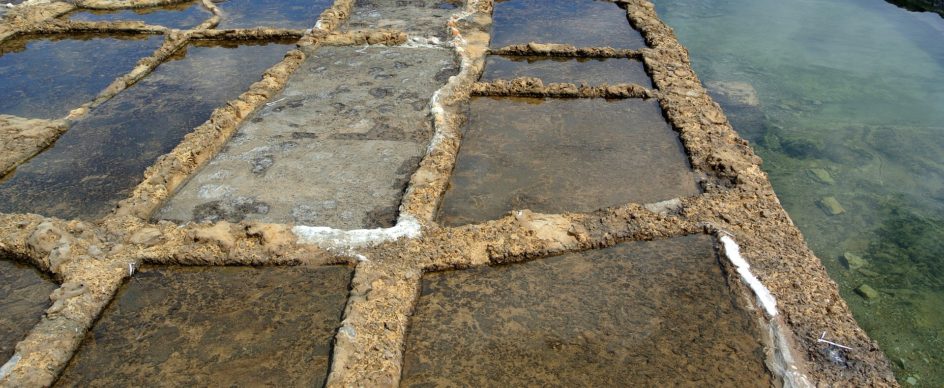
Salt Pans in Malta – A Must-See!
- Mar 28, 2020
Many fear that this precious tradition will soon disappear...
Malta’s sister island, Gozo, is widely known for its natural splendours. A notable natural landscape that you should definitely visit is Xwejni’s Salt Pans, situated in Gozo’s northern coast area.
What are ‘salt pans’?
Salt pans are flat expanses covered with salt and essential minerals. They come about due to evaporation, and they usually happen in areas where the rate of water evaporation is significantly higher than the rate of precipitation. Over millennia, the minerals accumulate on the surface. They reflect the sun’s rays, and due to this, they appear to be wholly white areas.
Why is Gozo the perfect place for salt harvesting?
Gozo has many geographical features that make it ideal for salt harvesting, including its Mediterranean climate, the salt pans’ position and the seawater quality. Additionally, the salt tradition has been a longstanding custom in Gozo, and the tricks of the trade have been handed down from generation to generation for the past 350 years.
The process of salt formation
Salt production includes a lot of manual work. While the process is quite simple to understand, it demands a lot of physical strength, as well as genuine passion. Workers spend hours upon hours dealing with hot summers and rainy winters. As they say, the proof is in the pudding, as the salt extracted from Xwejni’s salt pans are second to none.
Early spring sees salt workers carrying out the necessary maintenance works and reversing the natural effects of erosion. The salt pans’ sides deteriorate, so they must be repaired using pebbles and cement.
In summer (May till September), salt workers make sure that the crystallisation basins are filled with seawater. Then, using wooden industrial brooms, salt workers scrape the salt pans as a way to ‘guide’ nature and ensure that even evaporation occurs all across the salt pans.
The last step involves scraping the salt in large mounds and leaving it there to dry. After being drained, the salt is shoved into buckets and physically transported to specially-adapted caves, where it’s stored and processed.
Gozo’s sea salt contains a lot of essential and naturally-occurring minerals such as magnesium and iodine. It features heavily in typical Gozitan recipes such as preserving sun-dried tomatoes and capers and producing sheep’s cheese.
The long and laborious process requires an all-year-round commitment. Unfortunately, a lot of people nowadays are not ready to commit to the highs and lows associated with running a business that’s nature- and trade-dependent. While several salt workers are still passionately committed to preserving their trade, their children are abandoning the family business in favour of blue-collar or white-collar jobs in Malta and abroad.
Many fear that this precious tradition will soon disappear. We can prevent this by supporting local businesses that sell Gozitan sea salt and encouraging communities to assist tradespeople as much as possible.




